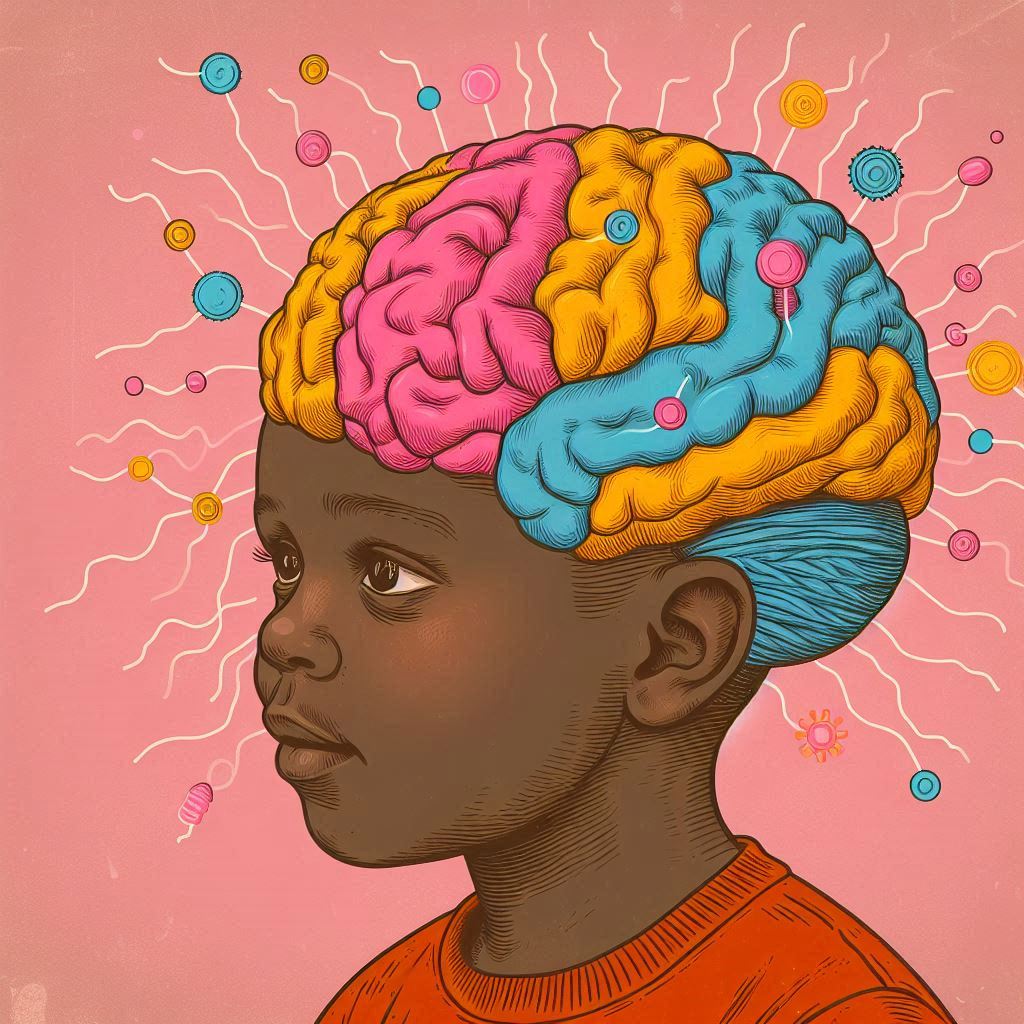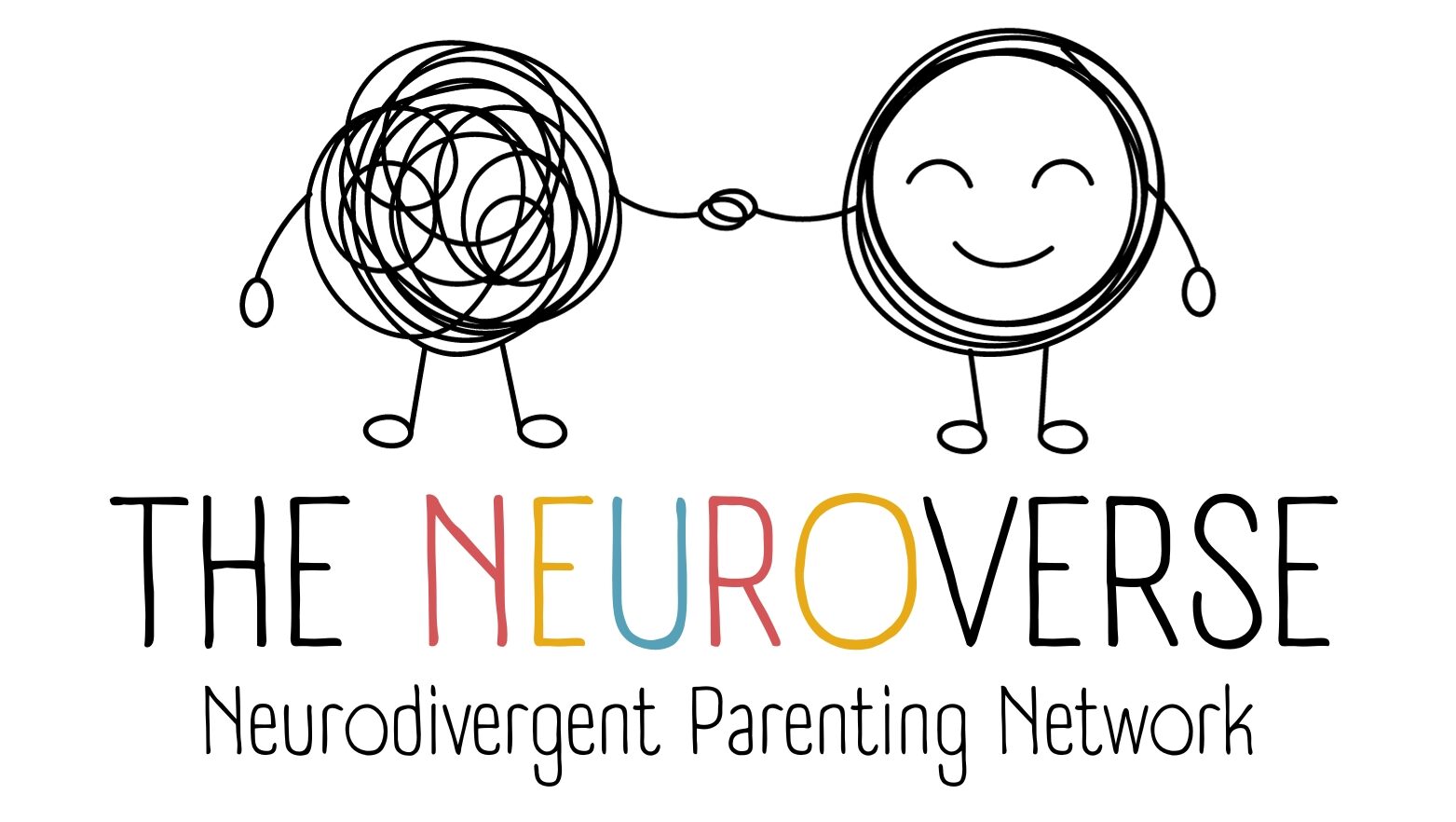Dopamine’s Role in Neurodivergent Kids

Understanding Dopamine’s Role in Neurodivergent Kids
Lately, you might have noticed a lot of buzz about dopamine—especially how it affects children with ADHD and autism. But what is dopamine, and why is it important? For parents of neurodivergent kids, understanding dopamine’s role can help you find ways to support your child’s focus, motivation, and well-being.
What Is Dopamine?
Dopamine is a neurotransmitter, which means it helps send messages in the brain. Think of dopamine as the brain’s little cheerleader—it motivates us, helps us stay focused, and makes us feel rewarded when we accomplish something. For neurodivergent children, dopamine plays an especially important role in managing executive functions, which are the brain’s “task manager” skills, including attention, self-control, and planning.
Dopamine and ADHD
For children with ADHD, dopamine levels in certain areas of the brain, like the prefrontal cortex and basal ganglia, may be lower than average or function differently. These areas help regulate attention, impulse control, and the reward system, which explains why children with ADHD often seek stimulating activities to feel more focused and engaged. This craving for stimulation isn’t just about avoiding boredom—it’s the brain’s way of trying to increase dopamine levels to function more effectively.
Due to this dopamine imbalance, children with ADHD are constantly seeking ways to engage their brains and maintain focus. Their executive functions may be weaker when they aren’t stimulated, making everyday activities like homework, mundane tasks, and even social interactions challenging. Understanding this drive for stimulation can help parents offer positive activities that fulfil this need and support their child’s focus and mood.
Supporting Your Child’s Dopamine Needs:
If your child has ADHD, a “Dopamine Menu” can be a helpful way to provide positive, stimulating options. Activities like playing outdoors, creative projects, short bursts of physical activity, or connecting with loved ones can help boost dopamine in ways that are enjoyable and healthy. You can also create a visual “menu” of activities that your child can turn to when they feel unfocused, providing structure to satisfy their need for stimulation.
Dopamine and Autism
Recent research has expanded our understanding of dopamine’s role in autism spectrum disorders (ASD) as well. While dopamine’s involvement in attention and motivation is well known, a new study published in The American Journal of Pathology shows that dopamine may also play a crucial role in brain development and the formation of neural circuits, which are the brain pathways that enable different parts of the brain to communicate.
The study found that disrupted dopamine signalling during development can affect how brain cells connect and organise, potentially leading to characteristics associated with autism, such as difficulties in social interaction, repetitive behaviours, and challenges with adaptability. Specifically, dopamine may impact the growth and development of neural circuits that are critical for flexible thinking, social behaviour, and executive functioning.
Dopamine’s Role in Cognitive Flexibility for Kids with Autism
One key area where dopamine has a big impact is cognitive flexibility—the ability to adapt and shift thinking or behaviour based on new information. Many children with autism struggle with cognitive flexibility, which can make it harder for them to adjust to changes, adapt routines, or shift focus. This new research suggests that dopamine’s role in brain development may contribute to these challenges, as disrupted dopamine levels can lead to rigid thinking patterns and a reduced ability to “switch gears.”
The study used models to show that, when dopamine levels are altered in the brain, it can lead to patterns of rigidity, a common trait in autism. This may explain why some children with autism are more comfortable with routines and might experience distress or frustration when these routines change unexpectedly.
Practical Tips: Supporting Dopamine Health in Neurodivergent Kids
Understanding dopamine’s role in both ADHD and autism can help us find practical ways to support neurodivergent children in a balanced way:
- Encourage Engaging, Rewarding Activities
Both kids with ADHD and autism may benefit from structured, engaging activities that stimulate dopamine in healthy ways. Outdoor play, creative projects, building challenges, and musical activities can provide a positive boost without overwhelming them.
- Embrace a Dopamine Menu
For kids with ADHD, create a “Dopamine Menu” with go-to activities that provide positive stimulation. This can include short games, exercise, or even a favourite snack that they can turn to when they need focus. This menu approach makes it easier for children to make positive choices to engage their brains.
- Be Mindful of Transitions
For kids with autism, helping them prepare for transitions or changes in routine can reduce the stress of shifting focus. Use tools like visual schedules or countdowns to help them anticipate and adapt to new activities, giving their brains time to adjust to the dopamine shift.
- Encourage Sensory-Friendly Stimulation
Many neurodivergent kids find certain sensory experiences calming or stimulating in a helpful way. Gentle physical activities like stretching, or sensory toys like fidget spinners, can help children self-regulate and manage dopamine levels more comfortably.
- Foster Open Communication about Needs
Talk to your child about how certain activities make them feel, whether focused, calm, or happy. This helps them develop an awareness of their own dopamine needs, encouraging them to choose activities that support their unique neurobiology.
The Future of Dopamine Research in Neurodivergence
The recent findings around dopamine and neural development open doors for potential therapies that could target dopamine pathways more precisely. This research is promising because it helps explain some of the core challenges faced by children with autism and ADHD, and it offers insights into how their brains develop differently. By understanding and supporting dopamine’s role in our children’s lives, we can help them thrive in ways that feel natural and positive for them.
In short, dopamine is more than just a “feel-good” chemical—it’s a critical factor in supporting focus, flexibility, and motivation in neurodivergent kids. By providing healthy sources of stimulation and respecting their unique needs, we can help them navigate daily life with confidence and joy.
References
American Psychiatric Association. (2013). Diagnostic and statistical manual of mental disorders (5th ed.). American Psychiatric Publishing.
Cortese, S., Kelly, C., Chabernaud, C., Proal, E., Martino, A. D., Milham, M. P., & Castellanos, F. X. (2012). Toward systems neuroscience of ADHD: A meta-analysis of 55 fMRI studies. American Journal of Psychiatry, 169(10), 1038-1055. https://doi.org/10.1176/appi.ajp.2012.11101521
Hull, L., Petrides, K. V., Allison, C., Smith, P., Baron-Cohen, S., Lai, M.-C., & Mandy, W. (2017). “Putting on My Best Normal”: Social Camouflaging in Adults with Autism Spectrum Conditions. Journal of Autism and Developmental Disorders, 47(8), 2519-2534. https://doi.org/10.1007/s10803-017-3166-5
Lu, X., Song, Y., Wang, J., Cai, Y., Peng, S., Lin, J., Lai, B., Sun, J., Liu, T., Chen, G., & Xing, L. (2024). Developmental dopaminergic signaling modulates neural circuit formation and contributes to autism spectrum disorder-related phenotypes. The American Journal of Pathology. https://doi.org/10.1016/j.ajpath.2024.02.014



Leave a Reply